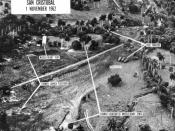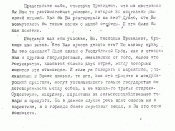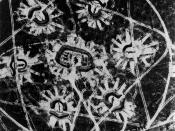The Cuban Missile Crisis of October 1962 was one of the turning points of the Cold War between the United States and the Soviet Union. At that time the two superpowers came close to war, possibly with nuclear weapons; after it, both countries began to seek ways to adjust to each other, in particular, to prevent the use of nuclear weapons.
The events of the Cuban Missile Crisis demonstrated the maturity of the U.S. intelligence community, especially in its ability to collect and analyze information. The crucial roles of human intelligence (HUMINT) and photographic intelligence (PHOTINT) in the Cuban Missile Crisis have been known from the beginning. Documents declassified and released in 1998 now reveal that signals intelligence (SIGINT) also played an exceedingly important part in managing the crisis.
It should be said at the outset that signals intelligence did not provide any direct information about the Soviet introduction of offensive ballistic missiles into Cuba.
However, in the more than two years before that fact was known, SIGINT analysts thoroughly studied the Cuban military buildup. Once the offensive missiles were discovered, SIGINT provided direct support for day-to-day management of the crisis. This is the story of SIGINT in the Cuban Missile Crisis.
When Fidel Castro took power in Cuba by overthrowing the previous dictator, Fulgencio Batista, he was hailed as a liberator by the Cuban people themselves and became a hero to the American people as well. However, Castro soon took actions inimical to American interests and aligned his country publicly with the Soviet Union. The U.S. public and government were gravely concerned about the creation of a communist state and member of the Soviet Bloc only seventy miles from its southern shores; this problem became a major focus of the new Kennedy administration when it took...


